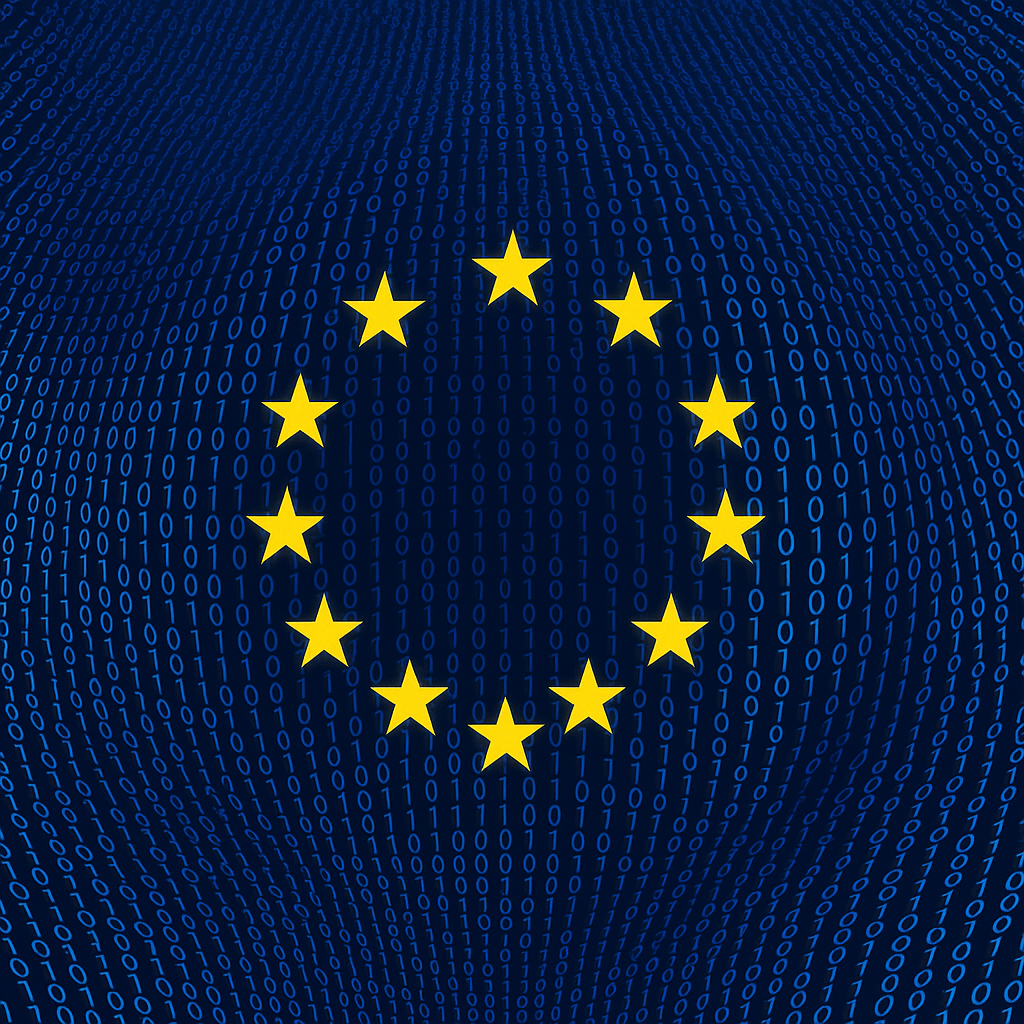The stability of a supply chain stands and falls with its weakest element. At a time when companies rely on an extensive, global network of suppliers, both complexity and vulnerability to cyber attacks are increasing. The importance of an end-to-end cyber security strategy that extends beyond a company’s own boundaries is greater than ever. A key element in overcoming this challenge is the increased exchange of data and intensified collaboration between all players in the supply chain.
The importance of transparency and collaboration
Today, there are many levels of networking and mutual dependencies between companies and suppliers. This interconnectedness, which enables efficiency and innovation, unfortunately also opens up numerous avenues for cyber threats. Attackers can exploit vulnerabilities in any part of the supply chain to gain unauthorised access to sensitive data or disrupt operations. Therefore, fostering a culture of transparency and collaboration is not only beneficial, but essential to securing the supply chain against these threats.
Transparency in the supply chain means that all parties involved have extensive insight into the operations, security practices and cyber risk positions of their partners. This openness helps to identify vulnerabilities and gaps in security measures that could be exploited by cyber criminals. Collaboration goes a step further by ensuring that these vulnerabilities, once identified, are jointly addressed. It includes sharing best practices, security insights and real-time alerts of potential threats, enabling a proactive and unified defence strategy.
Promoting data exchange
Sharing data between partners in a supply chain can significantly improve the joint ability to recognise and respond to cyber threats. Nevertheless, reservations about information security, competitive advantage and regulatory compliance are widespread. However, these are often based on outdated perceptions of how companies operate globally and are no longer compatible with the reality of a modern and interconnected supply chain. If these reservations sound familiar – here’s how to overcome them:
- Build trust:
Trust is the foundation for any successful data exchange. A solid basis of trust can be established by concluding non-disclosure agreements and a clear commitment that shared data is only used to improve security. This minimises concerns about compliance and competitive disadvantages. - Define clear data sharing protocols:
Specify precisely what data is shared, how it is shared and under what conditions. Define secure formats and communication channels to guarantee the protection of the information exchanged. This also includes an agreement on how shared threat intelligence should be used to respond efficiently to threats. - Leverage the right technologies:
Blockchain technology can make the supply chain more secure and reliable by creating a transparent, tamper-proof and efficient data platform. It enables all supply chain stakeholders to access and share reliable information in real time without jeopardising the integrity of the data. - Promote standardisation:
Encourage the adoption of standardised cybersecurity frameworks and protocols across the supply chain. This not only facilitates data sharing, but also ensures that all parties are on the same page in terms of security expectations and practices.
The benefits of collaborative cybersecurity
In the face of growing cyber threats, a culture of transparency and collaboration in the supply chain is essential. This approach is more than just good practice; it’s a necessity that helps organisations work together to improve their security posture and protect their operations. Sharing information about threats and vulnerabilities improves the understanding and responsiveness of all stakeholders.
By promoting data sharing and joint efforts, companies can respond more quickly to threats and minimise the impact of cyberattacks. At the same time, close cooperation enables costs to be distributed more efficiently and compliance with regulations to be ensured. This not only strengthens defences against cyber threats, but also maintains the trust of customers and partners.
The path to a more secure supply chain is a shared one. It is based on the realisation that a collaborative approach to cyber security is essential to effectively address today’s challenges. Transparency and collaboration within the supply chain are therefore not an option, but a fundamental requirement for the protection and resilience of operational processes.





